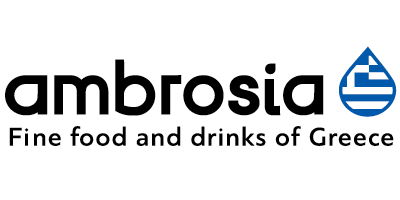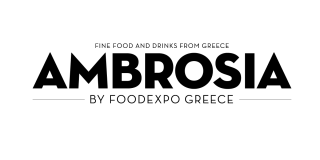Taking a vote between 1350 world cheeses, the readers and members of TasteAtlas website ranked the best, in their opinion, cheeses in the world, some of them being quite unknown to the wider public, yet famous in their own country and among taste connoisseurs. In the top 50 list, we find 13 Greek cheeses -Greece is the only country with as many products on the list, closely followed by Italy, with 12. The top 50 Greek Cheeses are:
Kalathaki Limnou (no 2)
White, soft, brined cheese from fresh sheep milk or a combination of sheep and goat milk, salty and slightly acidic, traditional to the island of Lemnos (Northern Aegean Sea).
Graviera Naxou (no 3)
Hard table cheese, made from pasteurised cow milk or a mixture of sheep milk and a maximum of 20% goat milk, produced on the island of Naxos (Cyclades).
Metsovone (no 5)
Hard or semi-hard smoked table cheese, produced from cow’s milk (alternatively with a mixture of cow’s milk with up to 20% sheep’s or goat’s milk), made in the Metsovo mountain region.
Kefalotyri (no 10)
Salty, strong, tangy, sharp, and spicy cheese, with firm and flaky texture, made from goat’s or sheep’s milk. Dating back to the Byzantine era, it is considered the predecessor of most hard Greek cheeses.
Graviera Kritis (no 11)
Hard table cheese, slightly sweet and nutty in taste, traditionally produced from sheep milk or from a mixture of sheep milk and a maximum of 20% goat milk in Crete (Hania, Rethymnos, Iraklion, and Lasithio prefectures).
Galotyri (no 15)
Curd cheese with a pleasant and fresh taste, made from milk and yogurt, produced in Epirus and Thessaly in central Greece. Traditional galotyri is made using only sheep milk and a bit of salt.
San Michali (no 16)
Hard cheese, made exclusively from cows’ milk on the island of Syros (Cyclades), with buttery scent and pleasantly spicy taste.
Kefalograviera (no 19)
Hard table cheese usually made from sheep’s milk or a mixture of sheep’s and goat’s milk. A cross between kefalotyri (salty, intensely flavored) and graviera (with a much milder taste), it is local to several Greek regions (Western Macedonia, Epirus, Aitoloakarnanina, Evrytania).
Kopanisti (no 21)
Spicy, peppery milk cheese with creamy texture, made from cow’s, goat’s or sheep’s milk, with the addition of fresh butter (up to 15% of the total weight of the cheese), traditional to Cyclades (the best-known types are from Tinos and Mykonos islands).
Ladotyri Mytilinis (no 39)
Salty and slightly spicy hard table cheese, made from sheep’s milk or sheep’s and goat’s milk, the amount of which should not exceed 30%, produced exclusively on the island of Lesvos (Northern Aegean Islands).
Xynomyzithra Kritis (no 42)
Soft table cheese made from whey from the processing of Graviera or Kefalotyri Kritis cheeses and the addition of sheep or goat milk, or both. It has a distinctive sweet and sour taste and it is produced exclusively on the island of Crete, since the 17th century.
Kasseri (no 45)
Semi-hard cheese, traditionally produced from sheep milk, sometimes with the addition of a maximum of 20% goat milk. According to regulations, it has to mature before consumption. It has a delicate, sweet and tangy taste, and becomes more salty and piquant when aged.
Anthotyro (no 46)
Made all over Greece, from goat’s and sheep’s milk, it can be either fresh or dry. Fresh anthotyro (anthotyro fresco) has a mild flavor and soft texture, while the dry one (anthotyro xero) has a rich, salty flavor and crumbly texture.
About Taste Atlas
TasteAtlas is a world atlas of traditional dishes, local ingredients, and authentic restaurants. The website has more than 10,000 foods and drinks catalogued, and is constantly adding new information: places and ingredients from around the globe to be researched and mapped, both popular and forgotten tastes and aromas of cities, regions and villages worldwide. What makes the page really influential is its very popular social media, with over 760.000 Facebook and 112.000 Instagram followers who actively interact with the page.



















